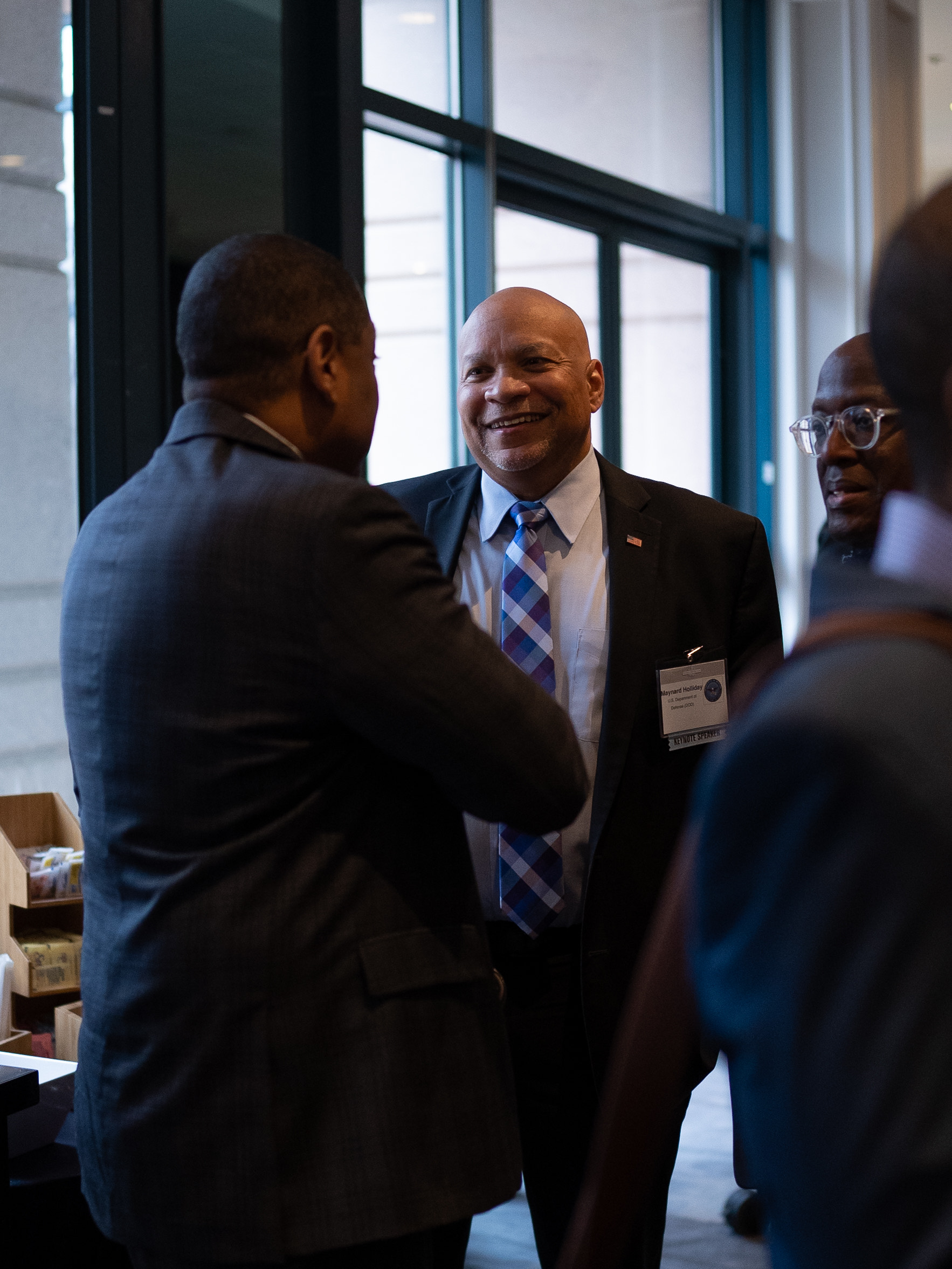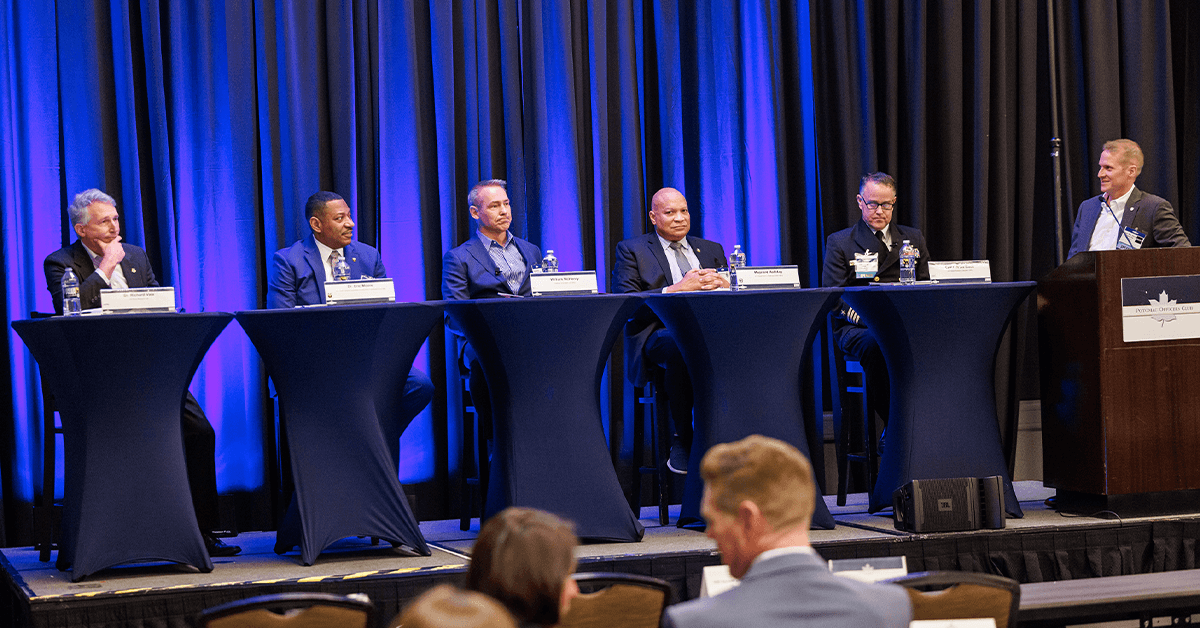The Department of Defense plans to explore the potential behind generative artificial intelligence during an upcoming AI conference in June, following a wave of commercial developments in the area.
Maynard Holliday, deputy chief technology officer for critical technologies within the Office of the Under Secretary of Defense for Research and Engineering, told attendees at the Potomac Officers Club’s 9th Annual Defense R&D Summit that his office will be looking at how generative AI can be leveraged for “decision support and superiority.”
Globalization has given United States adversaries equal access to “potentially disruptive technology,” and Holliday said we will have to accelerate our efforts in these tech areas in order to outpace competitors.

Holliday said global companies “are advancing technologies beyond what we are investing in, and that’s certainly the case in autonomy… AI, as those who have played with ChatGPT can attest. We foresee that we’re going to have to continue to invest to make our asymmetric capabilities usable and change the battlefield calculus.”
OUSD R&E is currently working with companies developing large language models. However, Holliday said generative AI is not yet mature enough to give the DOD an upper hand on the battlefield, and some issues will need to be addressed before the tool will be able to deliver meaningful value to warfighters.
“What you’re seeing with ChatGPT is ‘hallucination,’” Holliday said, referring to a tendency for AI language models to produce content that deviates from expected output or that is simply untrue.
“It still hallucinates greatly and it does not have a corpus of defense specific information that would give us decision advantage yet. We recognize that we’re going to have to develop that corpus of data so that these large language models can be useful and then to minimize the hallucinatory side effects of what these large language models do.”
In the meantime, Holliday’s office is making other strides in microelectronics that will facilitate getting AI out to the tactical edge. The DOD is working with IBM and the Defense Advanced Research Projects Agency to develop a neuromorphic inference chip, called NorthPole, that’s based on human brain architecture and co-locates memory and compute.
“We’re going to be able to do AI at the tactical edge, which is needed in a denied environment when you may be cut off from compute in the cloud or from a control center,” Holliday shared.
Microelectronics is one of Holliday’s utmost technology priorities, and the deputy CTO said his office is focused on “creating an enduring advantage by supporting early stage research in improved lab and test infrastructure, building out our lab-to-fab capabilities” and developing the country’s resilience to potential future supply chain disruptions or threats.
Quantum is one of 14 critical technologies the DOD is focusing on in this era of peer and near-peer competition. If you’re interested in emerging technologies and how they can be used across the federal government, join ExecutiveBiz for its Quantum Technologies Forum on April 5. Register here.








